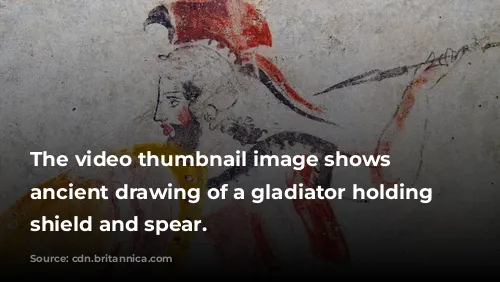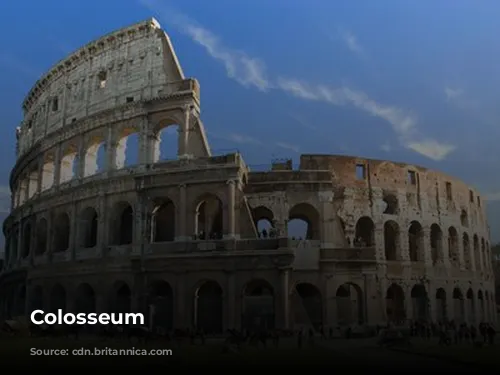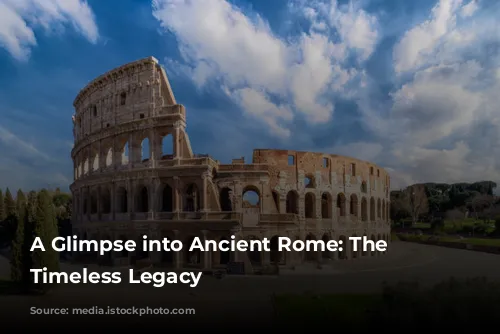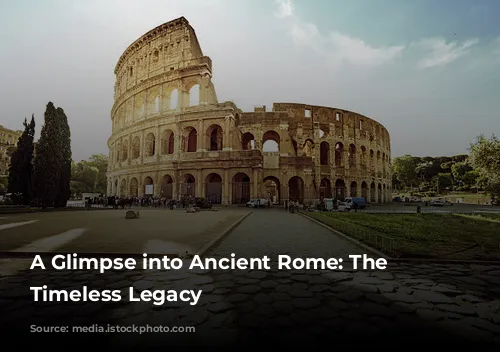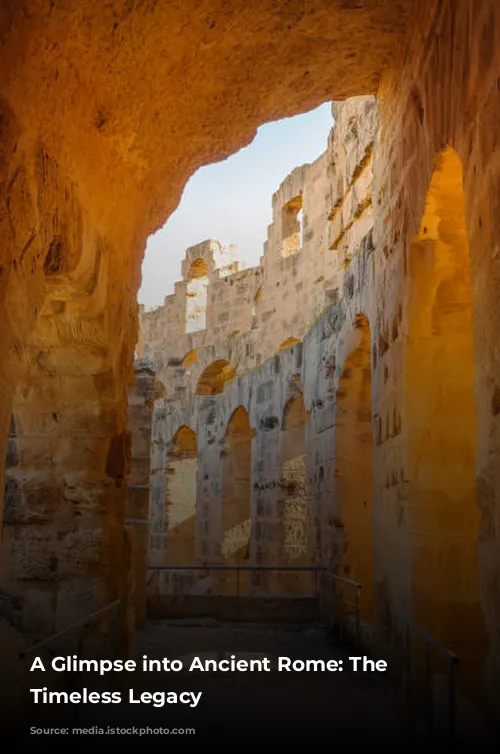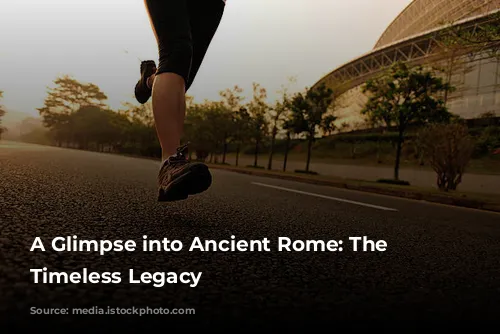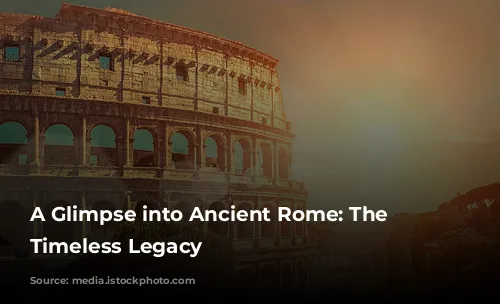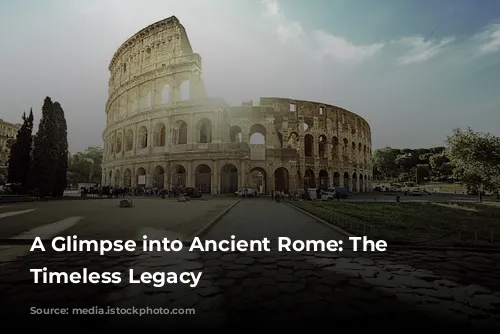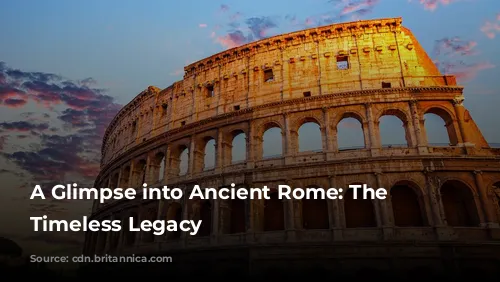The Colosseum, a towering symbol of ancient Rome’s architectural and engineering prowess, stands today as one of the few surviving structures from that powerful empire. More than just a historical relic, the Colosseum also serves as a major revenue generator for the Italian government. In 2018 alone, the Colosseum, along with the Roman Forum and Palatine Hill, drew in over $63.3 million (€53.8 million), making it the highest-earning tourist attraction in Italy.
This iconic amphitheater, a testament to the Roman Empire’s grandeur, attracts millions of visitors each year, eager to witness its historical significance and impressive architectural design.
A Legacy of Resilience: From Glory to Restoration
Though the Colosseum has witnessed centuries of glory, it has also endured periods of neglect and repurposing. Following the fall of the Western Roman Empire, the Colosseum fell into disrepair. During the 12th century, it was even used as a fortress by the Frangipane and Annibaldi families. In the late 15th century, Pope Alexander VI granted permission to use the Colosseum as a quarry.
This period of neglect, spanning over a thousand years, left its mark on the Colosseum. However, the Colosseum’s enduring presence and the importance of its historical significance led to state-funded restoration efforts in the 1990s. These efforts breathed new life into the once-forgotten monument, restoring it to its former glory.
A Monument to Entertainment and Power
The Colosseum’s construction began under Emperor Vespasian between 70 and 72 CE, a period of significant change in the Roman Empire. Following the tumultuous year of the four emperors in 69 CE, Vespasian sought to revitalize Rome and solidify his rule. The Colosseum, like other amphitheaters, was intended to be a focal point for entertainment, hosting a variety of events, from gladiator fights and animal hunts to mock naval battles.
The completed structure, dedicated in 80 CE by Vespasian’s son and successor, Emperor Titus, served as a testament to the Flavian dynasty’s power and influence. The addition of a fourth story by Emperor Domitian in 82 CE further solidified the Colosseum’s standing as a symbol of Roman might. Importantly, the arena was funded by the spoils from Titus’s sack of Jerusalem in 70 CE, and constructed using enslaved Jews from Judaea.

An Architectural Masterpiece
The Colosseum, also known as the Flavian Amphitheatre, is an elliptical structure made of stone, concrete, and tuff, reaching four stories tall at its highest point. Measuring 620 by 513 feet (189 by 156 meters), it could accommodate up to 50,000 spectators. Its imposing size and impressive design have captivated visitors for centuries, offering a glimpse into the architectural mastery of the Romans.
The Colosseum’s construction was a feat of engineering, a marvel of its time. It was not built into a hillside like earlier amphitheaters, but rather constructed as a freestanding structure, utilizing a complex system of barrel and groin vaults. Its three stories are adorned with arcades framed by engaged columns in the Doric, Ionic, and Corinthian orders, a design that served as the basis for the Renaissance codification known as the assemblage of orders.
A Stage for Spectacle
The Colosseum’s grand design was not just about aesthetics; it was carefully planned for practicality and spectacle. To shield spectators from the scorching Roman sun, a massive retractable awning, known as the velarium, was deployed. Hundreds of Roman sailors were needed to manipulate the rigging that extended and retracted the velarium, ensuring that the events could be enjoyed by all.
The Colosseum witnessed a multitude of spectacles, from the thrilling gladiatorial combats to the dramatic clashes between men and animals. It even served as the stage for mock naval battles, where the arena was transformed into a temporary lake. However, the authenticity of stories regarding the martyrdom of early Christians within the arena remains uncertain.
The Colosseum: A Legacy Enduring Through Time
Though the Colosseum’s glory days are long gone, its legacy continues to captivate and inspire. From its humble beginnings as a symbol of Roman power to its repurposing as a fortress and quarry, the Colosseum has endured the test of time.
It stands as a testament to the ingenuity and resilience of the human spirit, reminding us of the enduring power of history and the importance of preserving our cultural heritage.
The Colosseum’s journey serves as a reminder that even in times of upheaval, hope and renewal can emerge. Today, as a treasured monument, the Colosseum continues to connect us to the past, offering a glimpse into the life and culture of ancient Rome. As a popular tourist destination, it serves as a reminder of the enduring legacy of a once-mighty empire.
